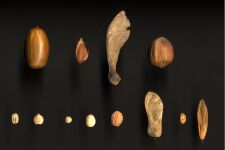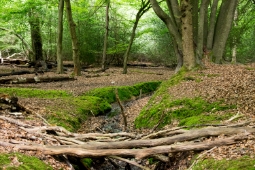Grand fir (GF)
A non-native, under-utilized species that has potential as a productive forest tree for forest diversification. It cannot tolerate exposure as well as noble fir, but is quicker to establish, and subsequent growth is rapid. Its timber is perceived to be poor, but only limited testing has taken place in Britain.
Grand fir is categorised as a Principal tree species. These are tree species where silvicultural knowledge provides confidence to enable successful deployment across Britain. The species are either already widely used or are increasing in usage. They will continue to be important unless affected by a new pest or disease or become adversely affected by climate change.
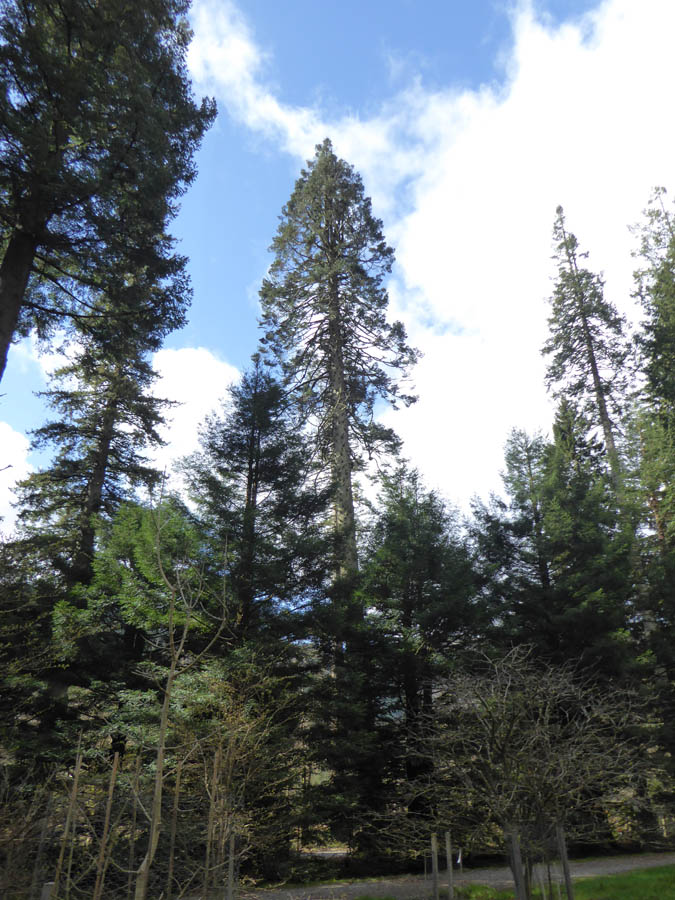
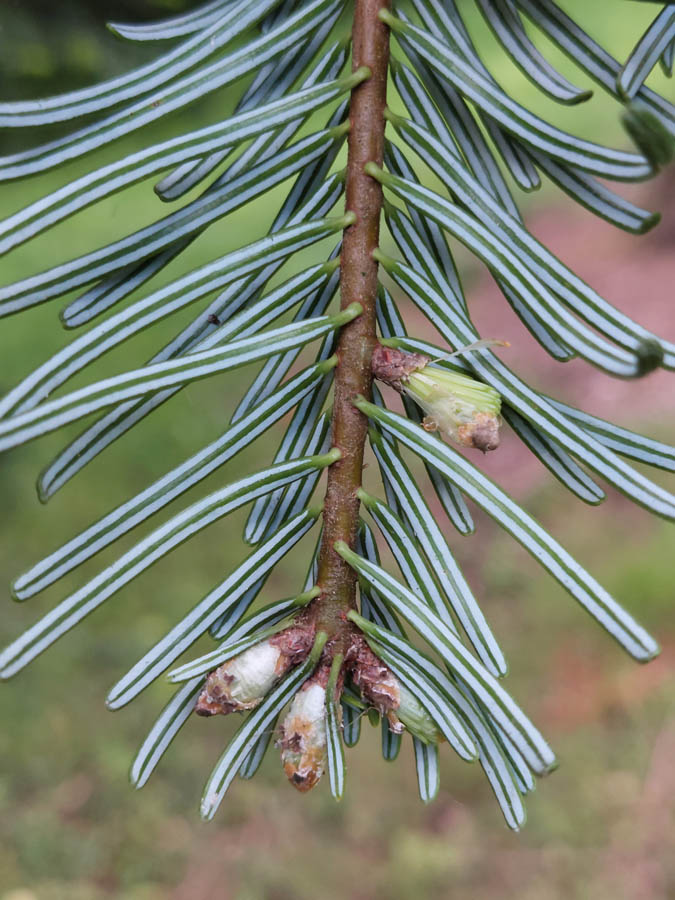
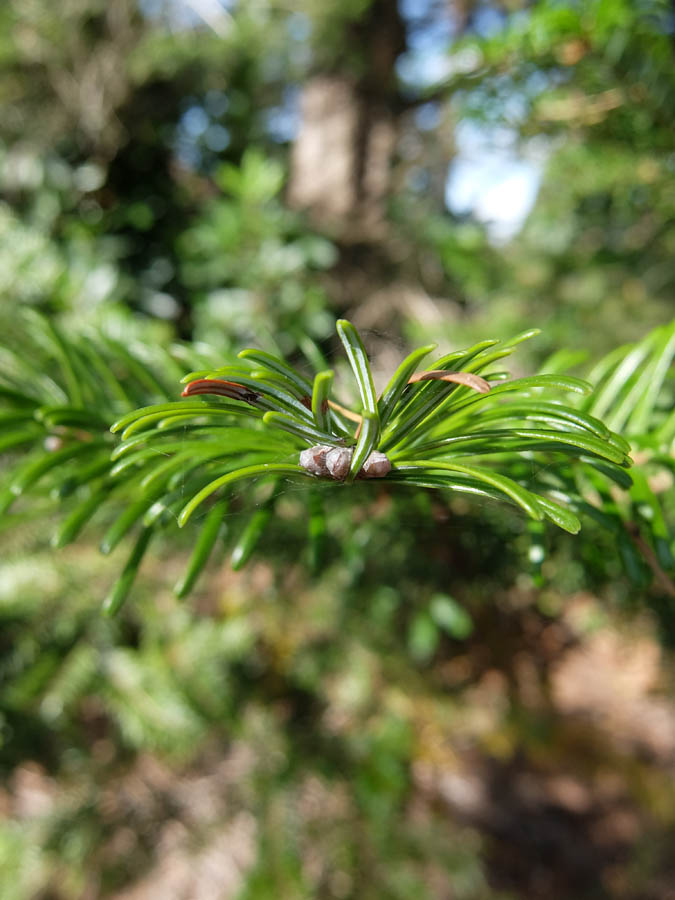
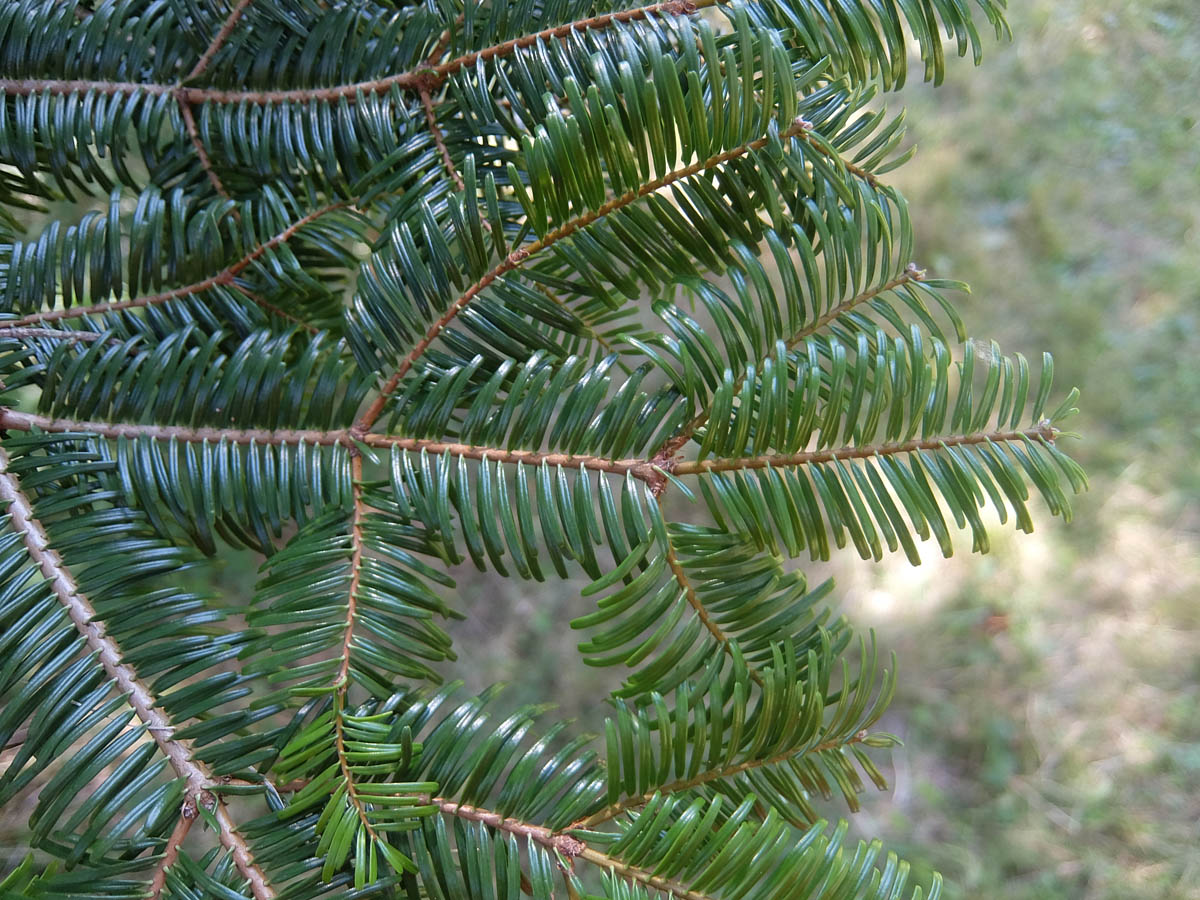
Range
Native to the Pacific north-west of America and south-west Canada. The coastal distribution covers southern British Columbia to Vancouver Island with interior extents in western Washington and Oregon to north-western California.
Provenance Choice
Provenances from coastal Washington should be preferred; if these are not available then material from coastal British Columbia or coastal Oregon has been shown to perform well in Britain.
Key Properties
Site Requirements
Best growth will be found in regions with more than 1000 mm rainfall, but it will grow in drier regions provided there is adequate soil moisture. Susceptible to spring frost and sensitive to exposure and pollution.
Prefers well-drained and deep mineral soils of poor to medium fertility, but sensitive to heather check on sites of very poor nutrient status. Does not tolerate waterlogged or calcareous soils.
Further detail on the site requirements of grand fir in current and future climates can be examined using the Forest Research Ecological Site Classification Decision Support System (ESC).
ECOLOGICAL SITE CLASSIFICATION TOOL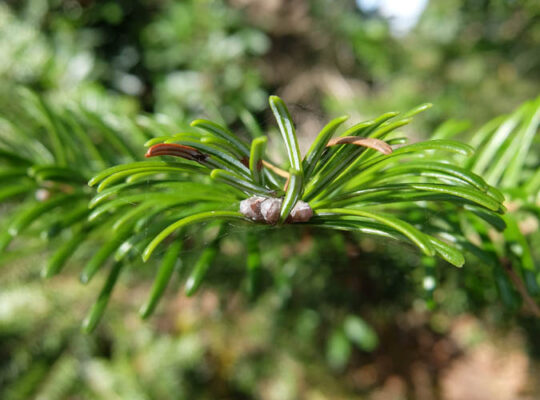
Silviculture
Grand fir has rapid growth and high-volume production on suitable sites and appears adaptable to varying ranges of soils, rainfall and temperature. On drier sites grand fir can be prone to drought crack and in addition the species is sensitive to exposure, late spring frosts and pollution.
Yield classes from British trials range from 14 to 30 depending on site suitability. Grand fir has the potential to be a highly productive forest tree in Britain. Despite its productive potential the timber quality of the species has a poor reputation. Recent studies suggest that selecting a slower growing provenance may produce timber with better qualities; but this lacks formal testing.
Shade tolerance means the species is suited to regeneration, underplanting or group planting as part of continuous cover forestry. The species can also be successfully established on sheltered sites as single species stands. The species is best suited to mixed stands of irregular structure. Can be grown in mixture with other conifers, but rapid growth can make it the dominant species, so the selection of appropriate partners is essential.
Pests and Pathogens
Generally, shows appreciable resistance to decay by Fomes root and butt rot (Heterobasidion annosum), although this may reflect the absence of the fir form of the pathogen (H. abietinum) from Britain. More recently, grand fir has proved susceptible to infection by Phytophthora ramorum, although only when grown close to other infected plants which are a major source of spores.
Occasional reports of infestation by balsam wooly adelgid (Adelges piceae) and some trees may become severely infested and suffer dieback.
Grand fir can also be affected by Neonectria canker of fir (Neonectria neomacrospora) but to what extent and the likely impact is still unclear. Neonectria is not a notifiable disease, but it is of interest and any suspected cases can be reported via TreeAlert.
See our other tools and resources
Further Resources
Internal
In addition to the general sources of information for species the following are useful for grand fir.
External
In addition to the general sources of information for species the following are useful for grand fir.
Aldhous, J.R. and Low, A.J. 1974 The Potential of Western Hemlock, Western Red Cedar, Grand Fir and Noble Fir in Britain. Forestry Commission Bulletin 49. HMSO, London
Mason, W. L. (2012) The Role of True Fir Species in the Silviculture of British Forests: past, present and future. Kastamonu Univ., Journal of Forestry Faculty, Special Issue, 15-26.


